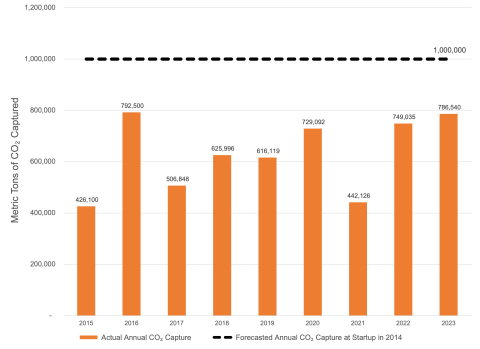Proposed PTTGC Petrochemical Complex in Ohio Faces Significant Risks
Download Full Report
Key Findings
The project is also a critical element of a larger plan to establish a second U.S. petrochemical hub in the Ohio River Valley, akin to the Gulf Coast.
The risks, left unheeded, strongly suggest that the plant will face financial distress when it opens and into the foreseeable future, reducing potential economic benefits.
Executive Summary
The principal risks are:
- Under current and expected market conditions, the complex is likely to face plastic prices that are significantly lower than when the project was planned. Plastics prices today are 40% below the 2010-2013 period when the project was being planned. Futures plastics prices through 2021 are weak. Such weak prices will drive profit margins below investment targets.
- Oversupply from a global industry-wide plastics buildout is likely to drive prices and revenues down. The U.S. plastics buildout has oversupplied the market. Operating rates of cracker plants (which process ethane, a component of natural gas, to make raw materials for plastics) and profit margins for plastics manufacturers will decrease, and expected sales are likely to miss targets. Supply/demand imbalances are likely to last through 2026.
- PTTGC faces stiff competition in a constricted market that may depress prices. PTTGC’s Ohio complex enters the plastics market in the U.S. during a time of intense competition from existing producers and suppliers. PTTGC’s competition is made up of strong companies—ExxonMobil, Dow Chemical, Chevron—with existing domestic relationships. Slower U.S. economic growth projections by the International Monetary Fund (IMF) suggest a slowdown in the growth rate of plastics that may negatively impact both volume and prices of PTTGC’s plastic products made in Ohio.
- PTTGC risks negative credit actions from pursuing the Ohio project at this time.
- PTTGC’s investment in Ohio faces risk from unstable federal government policies













